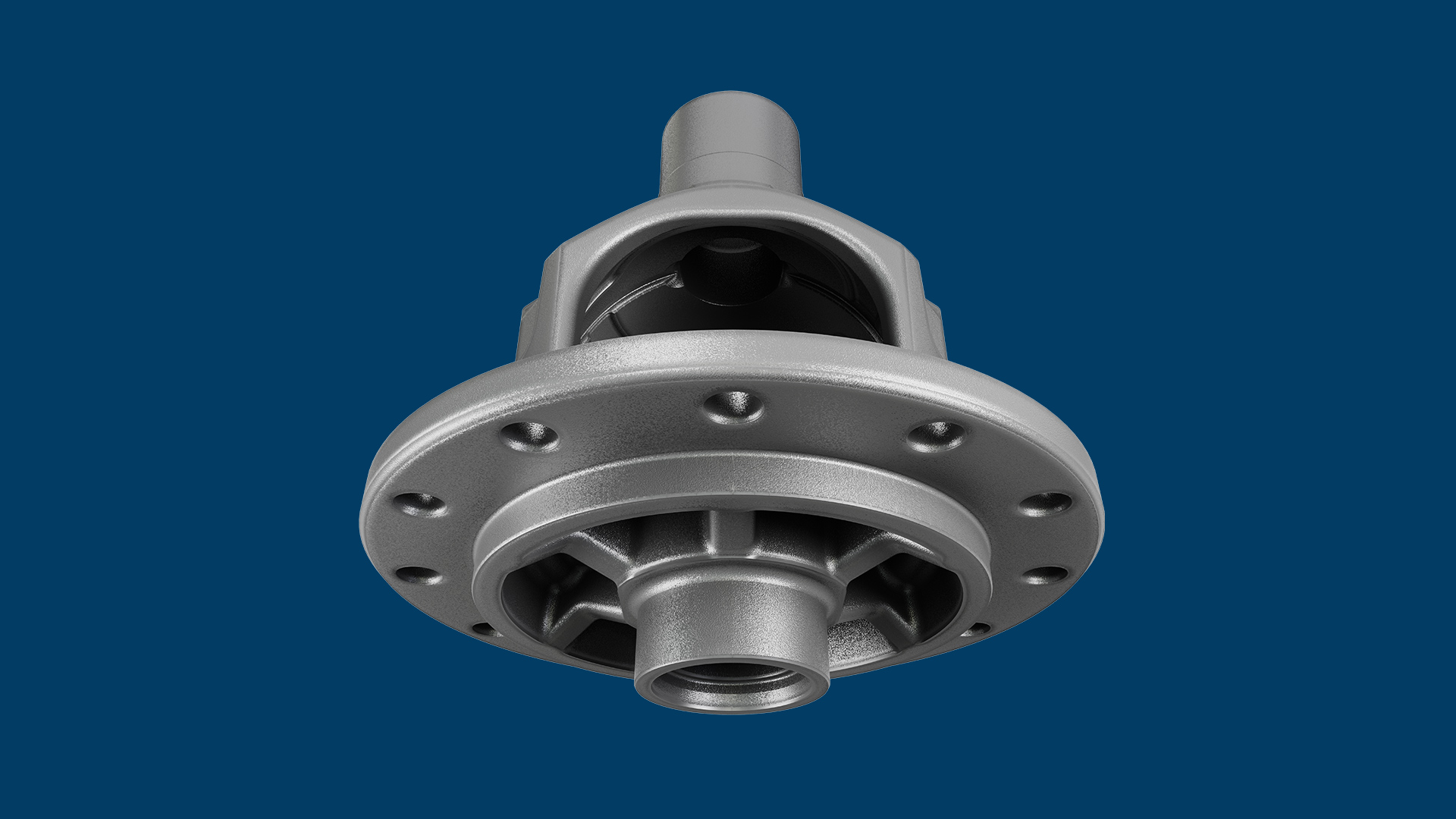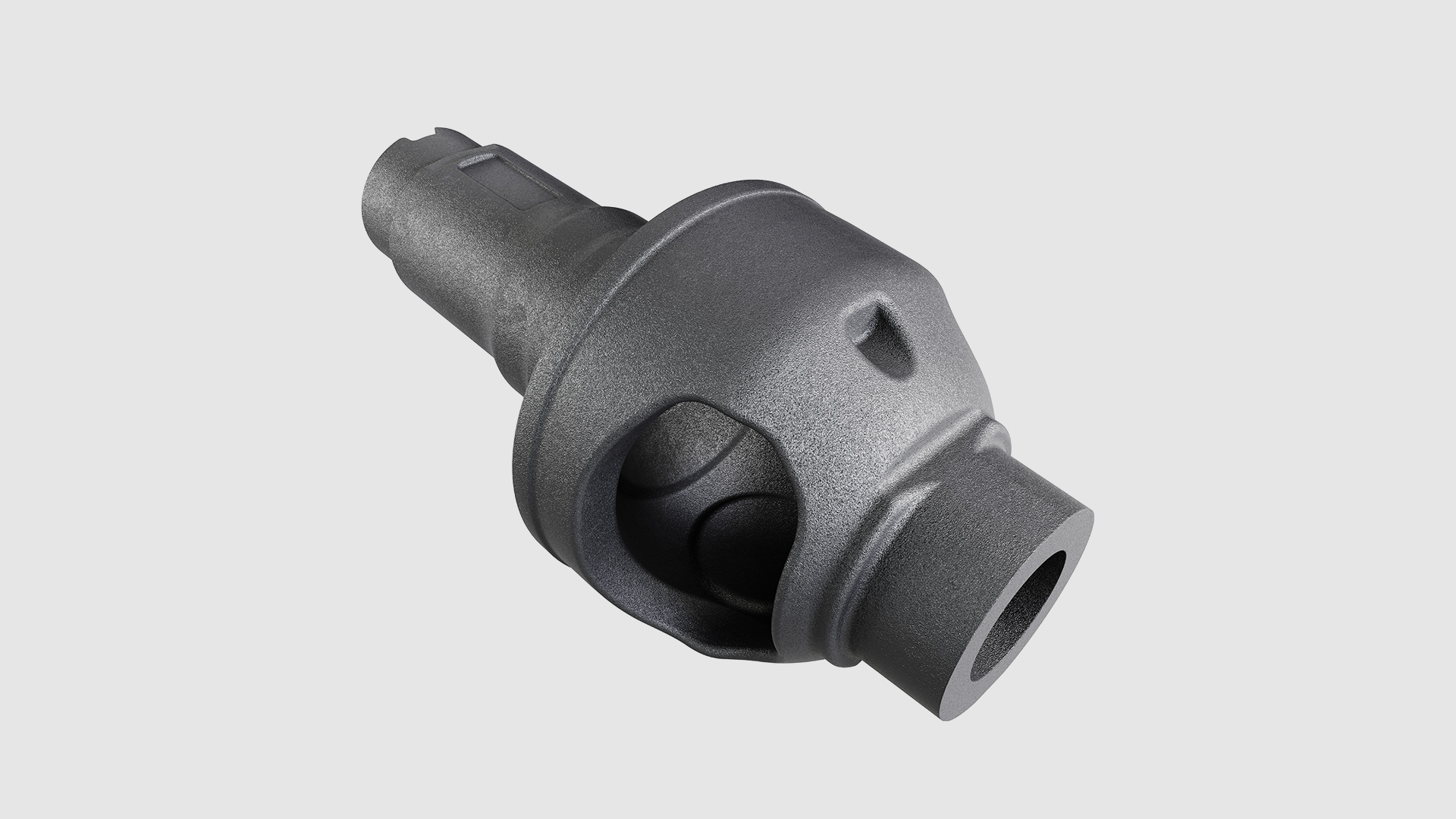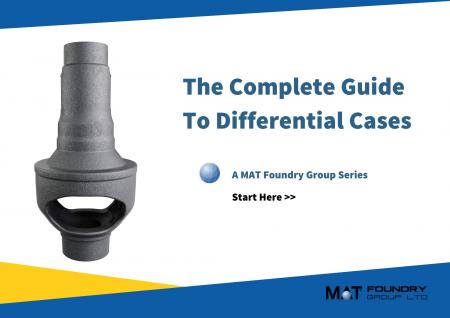Exploring the Future of Differential Case Design
30th July 2024
The automotive industry is on the cusp of a revolution, driven by advancements in technology, evolving consumer demands, and a pressing need for sustainability.
Amidst this change, one critical component witnessing significant innovation is the differential case. This essential part of a vehicle’s drivetrain is seeing transformative designs that promise to enhance performance, efficiency, and durability.
On this subject, we’ll look into the future of differential case design and explore the key trends and technological breakthroughs shaping its evolution.
The Role of the Differential Case
Before we get going, it’s important to understand the fundamental role of the differential case. It houses the differential gears and bearings which facilitate the smooth transmission of power to a vehicle’s wheels while allowing them to rotate at different speeds.
This is crucial for taking corners and maintaining traction on uneven surfaces. The design and material composition of the differential case are a big part in determining performance and longevity.

Lightweight Materials and Advanced Composites
One of the most prominent trends in differential case design is the shift towards lightweight materials. Traditionally, differential cases have been made from cast iron or steel.
While these materials offer resistance to failure, they add considerable weight to the vehicle, impacting fuel efficiency and handling.
Modern differential cases are increasingly made using advanced composites and lightweight alloys such as aluminium and magnesium. These materials not only reduce the overall weight of the vehicle but also offer superior resistance to corrosion and wear.
The use of carbon fibre composites is also being explored, providing an excellent strength-to-weight ratio, although cost remains a significant barrier to widespread adoption.
Additive Manufacturing and Customisation
Additive manufacturing, or 3D printing, is another groundbreaking technology revolutionising differential case design. This process allows for the creation of highly complex geometries that are often impossible to achieve with traditional manufacturing methods.
With 3D printing, manufacturers can produce differential cases that are optimised for performance with intricate internal structures that enhance strength and reduce weight.
This technology also enables greater customisation, allowing manufacturers to tailor differential cases to specific vehicle models or performance requirements. As additive manufacturing becomes more cost-effective and scalable, its impact on differential case design will undoubtedly grow.
Enhanced Durability and Performance
The future of differential case design is not just about reducing weight but also enhancing durability and performance. Advances in metallurgy and material science are leading to the development of new alloys and coatings that significantly extend the lifespan of differential cases.
For instance, surface treatments such as nitriding and carbonitriding are being employed to harden the surface of differential cases, making them more resistant to wear and fatigue. These treatments improve the performance of the differential by ensuring smooth operation under extreme conditions, such as high torque loads and varying temperatures.
Integration of Smart Technologies
As vehicles become more autonomous, the integration of smart technologies into differential cases is emerging as a key trend. Sensors embedded within the differential case can provide real-time data on its performance, such as temperature, pressure, and wear rate. This data can be used to predict maintenance needs, preventing costly failures and downtime.
“Smart” differential cases can enhance vehicle performance by dynamically adjusting to driving conditions. For example, an intelligent diff could alter its behaviour based on data from the vehicle’s onboard computer, improving traction and stability in real-time.
This level of adaptability is particularly beneficial for electric and autonomous vehicles, which require precise control over their drivetrains.

Sustainability and Eco-friendly Practices
Sustainability is now a driving force behind many innovations in the automotive industry, and differential case design is no exception. The push for eco-friendly practices is leading to the development of differential cases that are not only lighter and more efficient but also produced using sustainable methods.
Recycling and the use of eco-friendly materials are becoming more common. For example, some manufacturers are exploring the use of recycled aluminium and other sustainable materials to produce differential cases.
Additionally, the manufacturing processes themselves are being optimised to reduce energy consumption and waste, further contributing to the overall sustainability of the production cycle.
The Road Ahead
The future of differential case design is a blend of advanced materials, cutting-edge manufacturing techniques, smart technologies, and sustainable practices.
As the automotive industry continues to evolve, the differential case will play a critical role in enhancing vehicle performance, efficiency, and reliability.
While challenges remain, such as the cost of new materials and technologies, the ongoing research and development in this field are promising. The adoption of lightweight composites, 3D printing, enhanced durability treatments, smart technologies, and sustainable practices will undoubtedly shape the next generation of differential cases.
As we’ve seen, the differential case may be a small component within the vast complexity of an automobile, but its impact on performance and efficiency is profound.
As we look to the future, the innovations in differential case design will not only contribute to the advancement of automotive technology but also to a more sustainable and efficient transport system.


